What is Severe Scoliosis?
Severe Scoliosis Treatment
What is “Severe Scoliosis”?
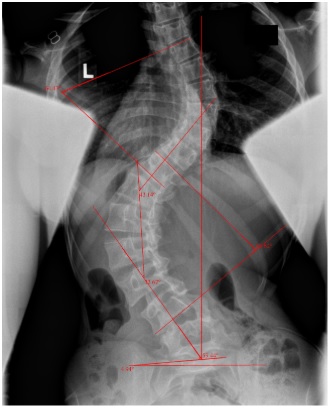
A scoliosis, or curvature in the spine, may be considered severe if it is greater than 40 degrees or if it has reached a size when surgery is typically recommended. For adolescents this is usually a 40-45 degree curve, for adults it is a 50-55 degree curve.
When is a Scoliosis Considered Severe?
Curves of this size are classified as severe because they are considered to be very high risk and likely to get worse. When the curve is between 70-90 degrees, it can greatly reduce breathing. Without treatment, or if treatment is stopped, the curve can increase even after the patient has finished growing or “achieved skeletal maturity”.
Treatment for Severe Scoliosis
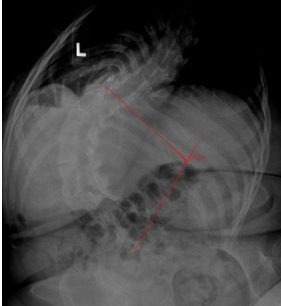
With cases of severe scoliosis, the decision on what type of treatment to choose is not one to take lightly. The are 3 key factors to consider when making this decision: 1. Best evidence, 2. Clinical expertise, and 3. Patient’s values. Examining these 3 values can lead to treatment choices that leave both the patient and the doctor feeling they’ve made the right decision.
Evidence Based Clinical Practice: How a scoliosis professional should design treatment plans.
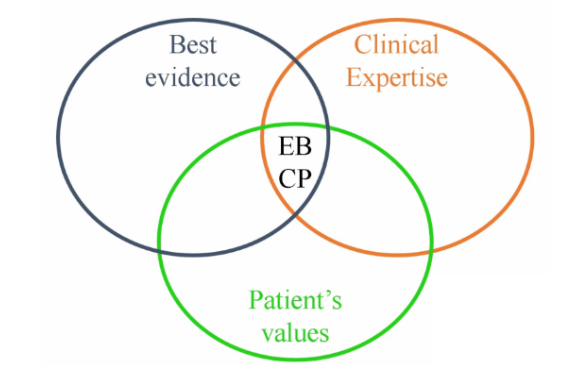
- Best evidence – What the research and the customary medical approach describe as a typical treatment program (based upon the patients age, bone age, curve size, curve location, pain levels, physical deformity… etc).
Example: The Society on Scoliosis Orthopaedic and Rehabilitation Treatment (SOSORT) 2016 Guidelines
- Clinical expertise – How the doctor’s experience guides treatment planning.
Example: The scoliosis specialist having seen and treated thousands of cases must use their experience to modify traditional treatment plans to fit the specific individual needs of each unique patient.
- Patient’s values – What are some of the patient’s values, beliefs and feelings that might be behind a decision to refuse surgery in cases of severe scoliosis?
Examples:
- A patient is advised to have surgery but their religious beliefs prohibit them from receiving the blood transfusion that may be necessary during the surgery.
- A family has had a bad experience with surgery on another family member and refuses any surgery for their child.
- A patient who has other medical challenges and will not accept the accompanying risks of spinal surgery.
- An example of this is the the patient who is at risk for fracture or inadequate screw adherence during surgery due to osteoporosis or osteopenia.
- Another example would be a patient who would need to come off a specific medicine to have the surgery (e.g. blood thinners) and is not willing to accept the associated risks.
Bracing for Severe Scoliosis
Bracing is not typically used to correct a severe scoliosis over 60-65 degrees. Braces can be prescribed to reduce the curvature in specific cases, however they are mainly prescribed to prevent the curve from progressing, to improve physical appearance, and to relieve pain that may result with severe scoliosis.
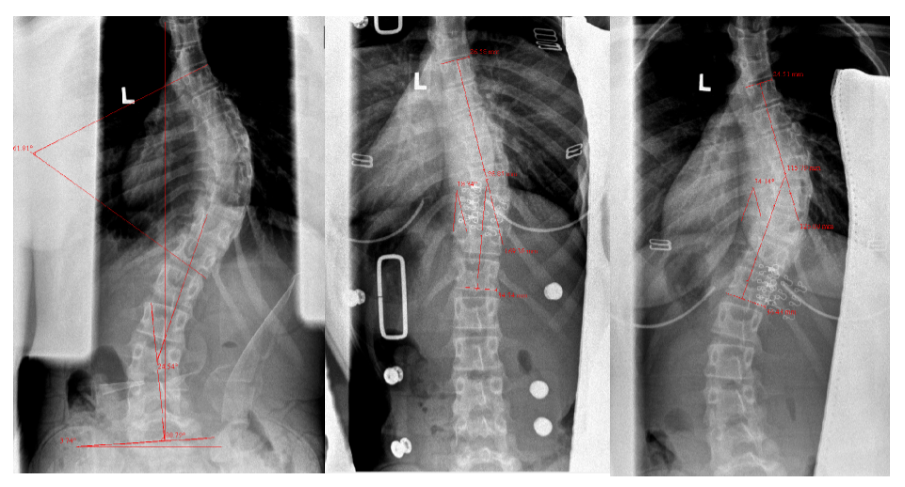
Scoliosis braces can also be used as supportive devices for severe scoliosis patients who are wheelchair bound, or for adult degenerative cases to prevent the devastating effects of postural collapse.

Read more about scoliosis bracing >
Surgery for Severe Scoliosis
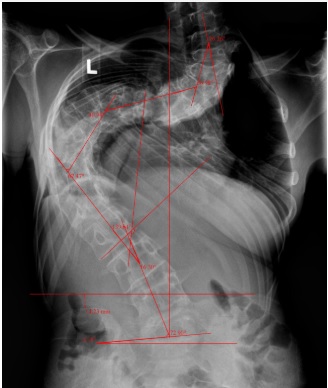
Generally, severe scoliosis patients are recommended to undergo spinal fusion surgery, an invasive and risky procedure which is not always successful in preventing continued progression. Because of this they may feel they have no options. In many cases this is not true and the patient with severe scoliosis is still treatable without surgery.
Some very severe scoliosis patients may not be eligible for surgery. This can be due the risks of surgery outweighing the risks of not having surgery, a surgeon who unwilling to operate on an extremely complex or too severe scoliosis, or a secondary medical condition that prevents the patient from being operated on. In these cases alternative methods may be the patient’s only option.
Read more about scoliosis surgery >
Non Surgical Scoliosis Specific Exercise-Based Treatment for Severe Scoliosis
If you choose to forego surgery in favor of alternative methods it is a significant, long-term commitment. Severe scoliosis must be monitored and treated for life. The amount of treatment may be reduced after the spine has finished growing, but follow-up care is still required.
Scoliosis specific exercises can be effectively used in cases of severe scoliosis to manage or eliminate pain, improve appearance by restoring upright posture, and stabilize the spine to reduce or eliminate progression. A variety of methods have been developed to treat even severe scoliosis like SEAS, CLEAR, Schroth, CBP, FITS, Dobomed, etc. etc. The key here is for the clinician to be fluent in a wide variety of approaches to create a program that fits the patient, rather than a single approach and forcing the patient to fit a single method.
For any patients with severe scoliosis, it is important that they continue to see an orthopedic surgeon and to consult with an orthopedic surgeon before beginning exercise-based scoliosis treatment. In the event the scoliosis becomes extremely progressive, or if the patient is non-compliant with their exercise program, it is vital to have an orthopedic surgeon who is familiar with their case should surgery be required.